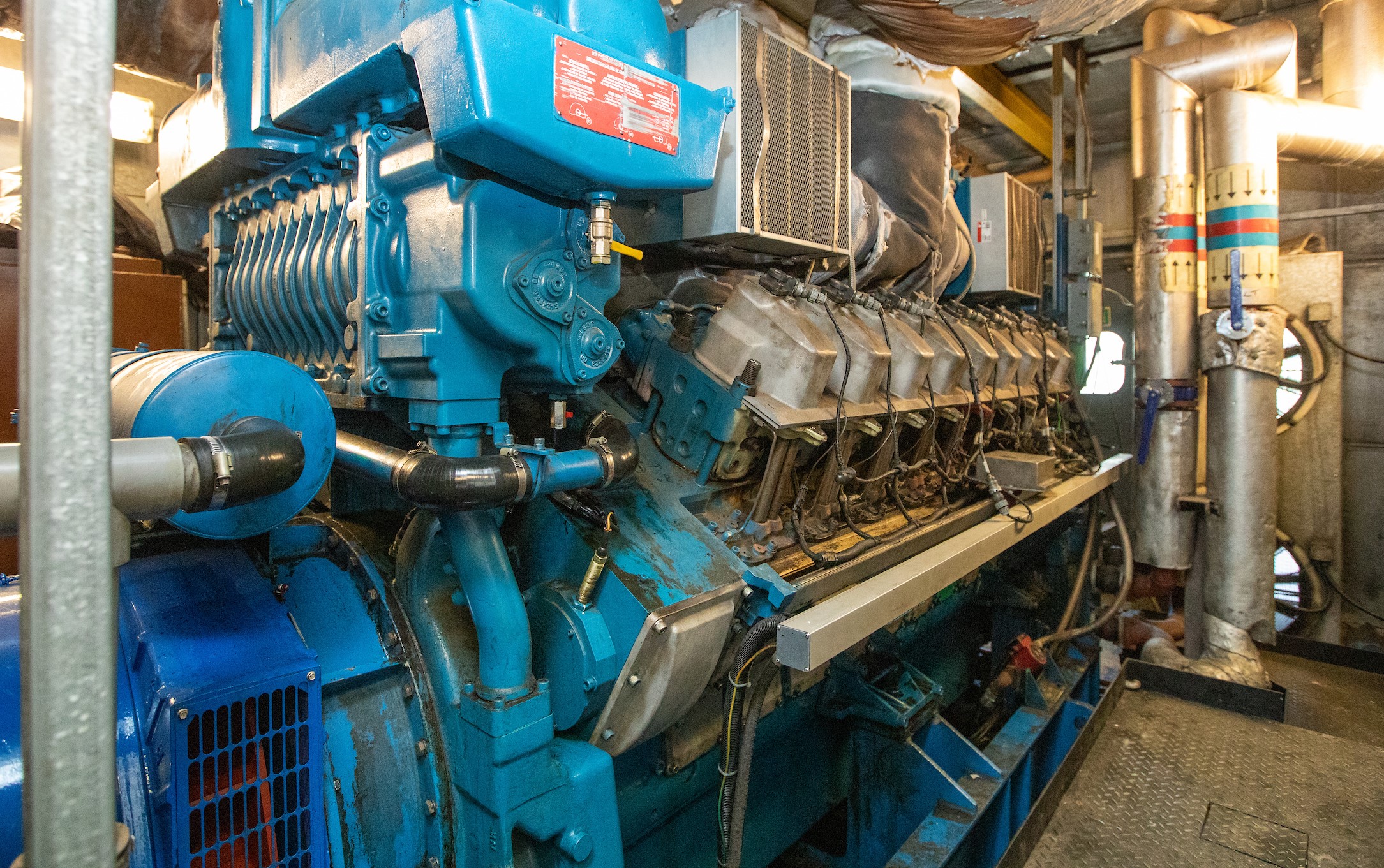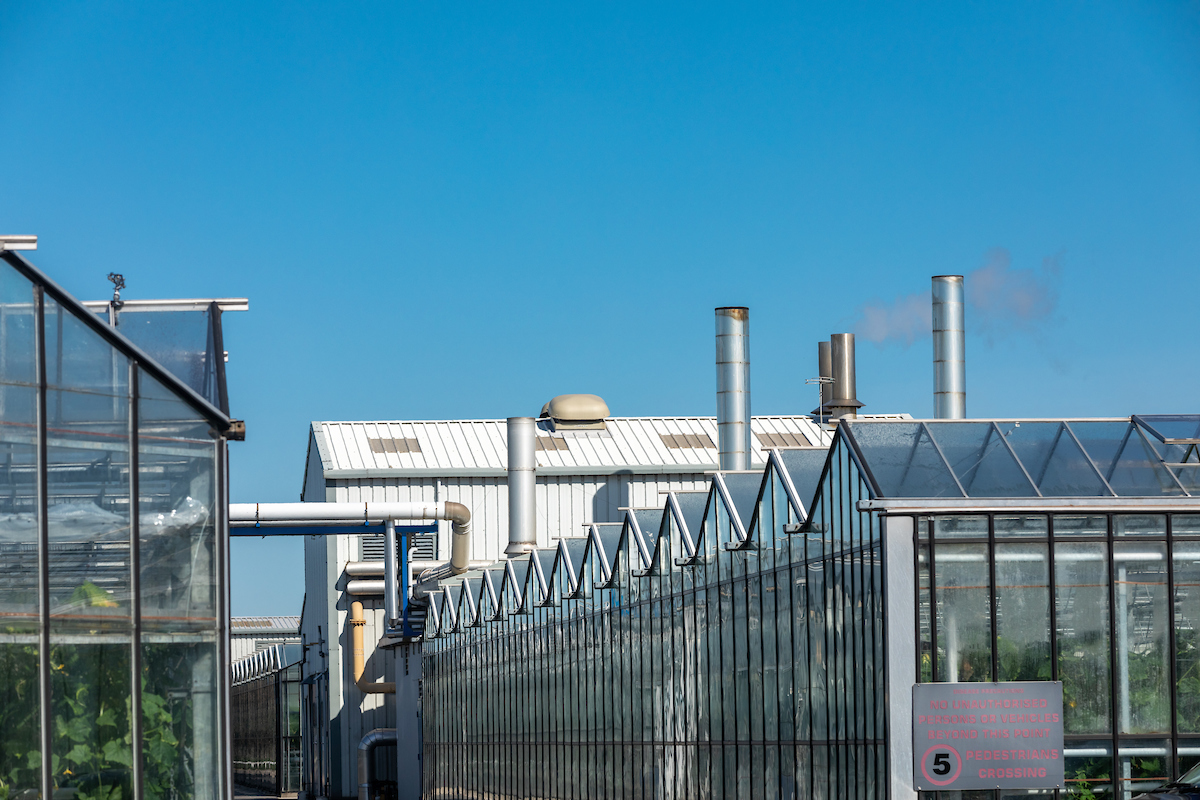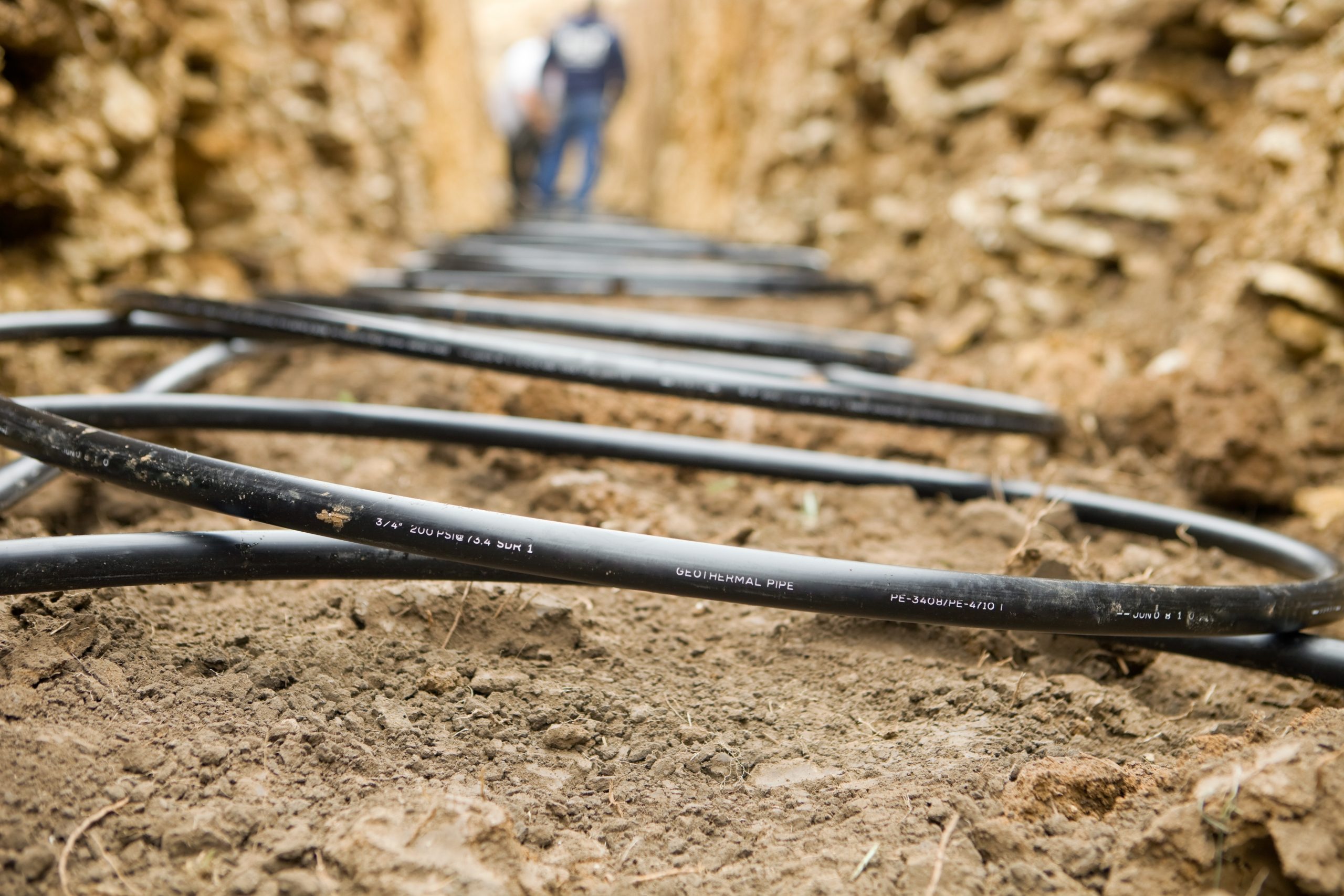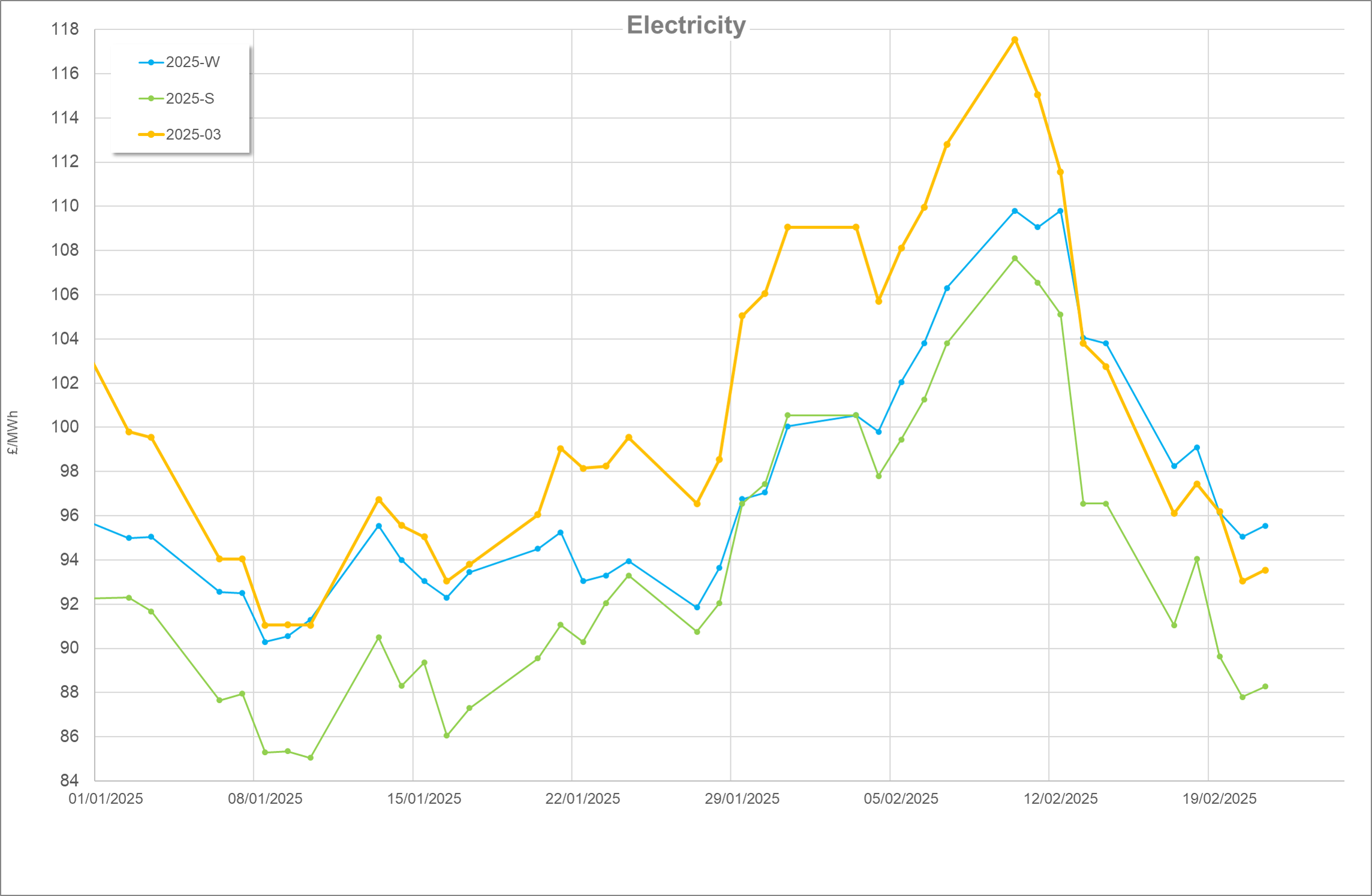First published November 2012
Learn about the importance of Spark Spread to measure the profitability of electricity generation and how to calculate it for your own CHP.
Quick links:
- How profitable is your CHP?
- How does the energy market report Spark Spread?
- How to calculate Spark Spread for your CHP
How profitable is your CHP?
‘Spark Spread’ data is used by energy analysts to indicate the profitability of operating electricity generators; so if you have Combined Heat and Power (CHP) you have probably heard the term many times.
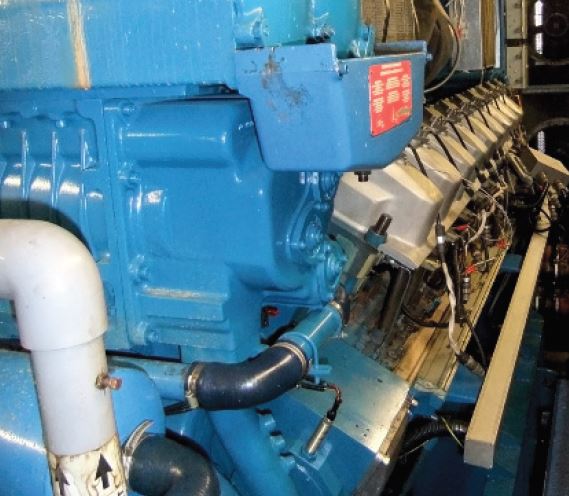
But what is it and what do the figures tell you?
Spark Spread is the difference between:
- The value of the energy generated by a power station, CHP unit, etc., and
- The cost of the energy used to generate it.
We help you understand the Spark Spread values that are quoted in energy market reports and show you how to calculate the Spark Spread of your own CHP.
How does the energy market report Spark Spread?
Find out how the figures quoted in market reports are calculated and the difference between Clean Spark Spread and Dark Spark Spread.
Spark Spread data is quoted in most of the common energy market reports. To calculate the quoted figures it is assumed that electricity is generated in a gas fired combined cycle power station with an average efficiency of 49.13%.
Based on this assumption, spark spread values are calculated as follows:
First set of calculations
Gas used to generate one MWh of electricity = 1 ÷ Electricity generation efficiency (49.13%) = 2.035 MWh
Assuming that: Gas cost = £20 per MWh; Electricity sales value = £50 per MWh
Second set of calculations
Spark Spread = Electricity Sales Value – Gas Cost
= (1 x £50) – (2.035 x £20)
= £9.30 per MWh
If the cost of gas increased to £30 per MW, but the sales value of electricity stayed the same, the Spark Spread would then fall to -£11.05, indicating that the generator is now less profitable to operate.
In some energy market reports you might also see:
- Clean Spark Spread – this includes the cost of purchasing carbon permits on the EU Emissions Trading Scheme (EU ETS)
- Dark Spark Spread – this is the figure for coal fired power stations.
These standard Spark Spread figures are used by energy traders and power generators as ‘ready reckoners’ to indicate the profitability of electricity generation. Other variable costs such as operation and maintenance (O&M) are not included, but energy market analysts know the range of spark spread values that indicate when electricity generation is profitable.
How to calculate Spark Spread for your CHP
A worked example showing how to calculate Spark Spread for your CHP and the information you’ll need to do so.
Unlike a power station, the heat produced by CHP also has a value, which is typically equal to the cost of producing the same amount of heat using a boiler.
To calculate the value of the heat produced you need to know:
- The CHP heat generation efficiency – let’s assume here that it is 40%
- The heat generation efficiency of your boiler – let’s assume 80%.
Also you need to know the CHP electrical efficiency, which in this example we have taken to be 35%.
So to generate 1MWh of electricity this example CHP unit will use:
1 ÷ 35 % = 2.857 MWh gas
Because our CHP has a heat generation capacity of 40%, the quantity of heat produced by the CHP will be:
2.875 x 40% = 1.15 MWh
But if we produced this heat from our boiler at 80% efficiency it would consume:
1.15 ÷ 80% = 1.43 MWh of gas
Again let’s assume that gas costs £20 per MWh and the electricity sales value is £50 per MWh. So the cost of generation would be 2.857 MWh of gas at £20 per MWh = £57.14.
But we can sell 1 MWh of electricity for £50.00. And we have 1.15 kWh of heat valued at 1.43 x £20 = £28.60.
We now have enough information to calculate the Spark Spread, which in this case is:
(Electricity Sales Value + Heat Value) – Gas Cost
= £50.00 + £28.60 – £57.14
= £21.46 per MWh
You need to note how different boiler and CHP efficiencies affect the Spark Spread, and in our example if the boiler was only 65% efficient but the CHP electrical generation efficiency went up to 40%, the Spark Spread would increase by over 40% to £30.77 MWh.
The important message here is that you need to know the efficiency of your own installation and not just use ‘typical’ values; otherwise the figures will be misleading.
Include other operating costs
Running a CHP incurs O&M costs, so it makes sense to include these in the calculations. As a guide, current (as at December 2010) O&M contract charges are typically £12 per MWh for a reciprocating engine CHP. So, by including this cost in our calculation drops the previously calculated value down from £21.46 per MWh to £9.46 per MWh.

